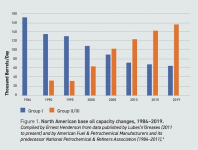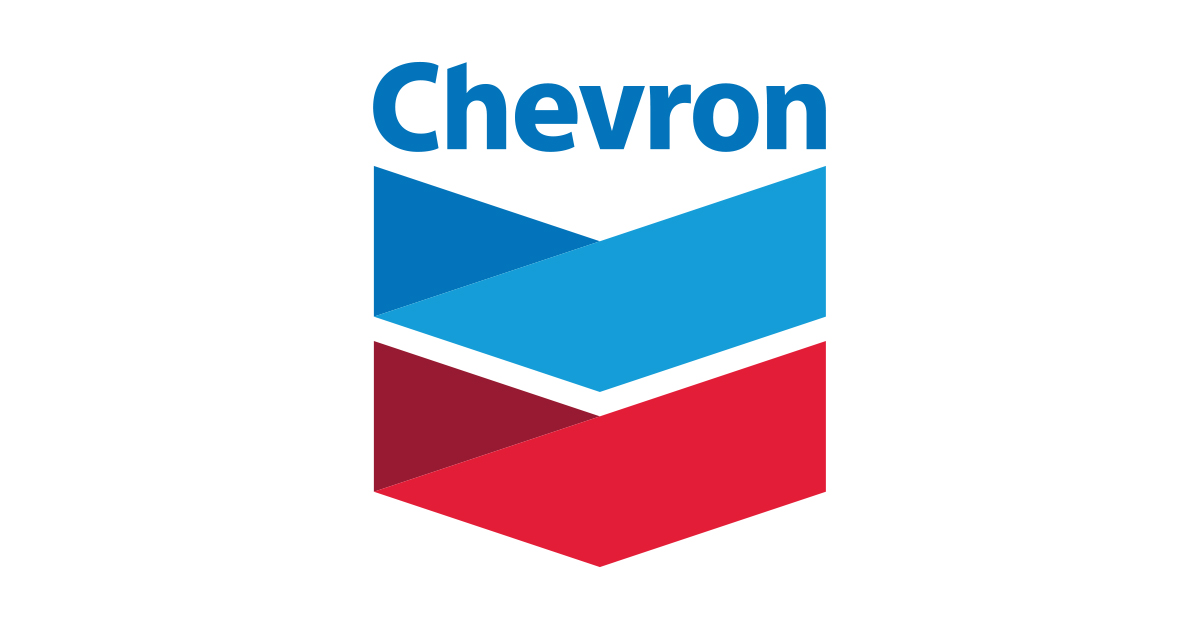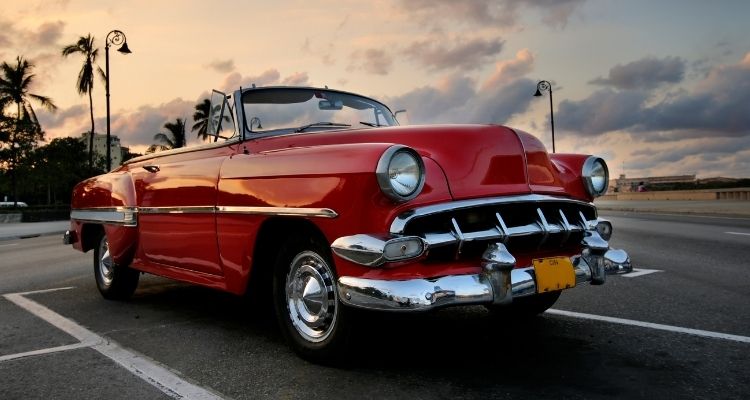tnestell
Precision Fit
Could be worse.Man that Flinthills guy is long winded...
Could be worse.Man that Flinthills guy is long winded...
Rotella or Delo 15W40 work well in older engines with a fresh rebuild... I put a additional additive in at each oil change...Lucas new engine additive. It helps get the lifters and camshaft lobes happy with each other.... The only negative is it seems to extend the time it takes for moly rings to completely seat... With iron rings it makes no difference.Why Rotella T4? Just so you all know I am using what ever oil I use in a freshly rebuilt F-head 161.
peewee
Very knowlegable reply Thanks for it. I will re-read that several times to really understand.The old bypass filters have a great feature - when they get so dirty they plug and stop processing oil the engine then gets full lubrication flow without the parasitic drain the filter puts on the lubrication system. Its one of the things that tricks many people up. The bypass filter is a controlled leak to the oil pan. Plug it or remove it and the full flow/pressure of the oil system goes to the engine.
Even if you drive 1000 miles a year at most the bypass is doing a job filtering oil, lots of oil. Where a modern full flow filter might filter 20-30 microns of crud out of the oil, the bypass is generally down in the 2-10 micron range. With an older engine, you actually have a better oil cleaning system. Just a dirtier running engine..
The detergent vs non detergent oils in engines made loads more difference when you had splash lube or nearly atmospheric pressure pumped oil. Dirt and sludge would fall out of suspension due to a general lack of flow - think oil bath air cleaner type of flow, or Model T splash lubrication or old hit miss engine lubrication.
In a modern high pressure high flow oil system dirt doesn't have a chance to fall out, the oil is making the cycle too quickly. So the detergents catch and encapsulate it making it large enough for the full flow filter to hopefully/eventually catch.
Thats why you change your oil hot and driven - to thin it out, stir it up and get as much out as possible.
Non detergent engines generally recomended kerosene rinses and such to flush the sludge out of the bottom of the pan.
Oil and filters are cheap compared to machine work and parts.
My two cents.


Ury trySae 30 is a good oil for hot weather summer, some of my older tractors run it or sae 40. I generally use the owners manual as the starting point for temperature/grade and detergent levels. Then based on operation and environment I adjust as needed. In the Willys 226 15w-40 seems to be a perfect summer oil, and 10w30/40 a great winter oil. I run by pass filters on my antique engines and generally change them out every other change, but I do change the oil in the filter housing every oil change - due to the way a bypass works.
The f-134 I am rebuilding now had very bad rod bearings and so so crank bearings. 15w-40 idled well cold but was non existent warm, 30 was way better cold and weak when hot, sae 50 was too much cold and a little weak hot. What I am trying to say is that in the end it comes down to you, your machine and your situation. Every engine acts a little (or a lot) differently. Do what you feel/figure out is best for your engine.
Oil is cheap - try a few out see what they do hot and cold, after a heat cycle or two. Don't be afraid to dump it and start over if it looks, acts, feels or whatever wrong.
Very knowlegable reply Thanks for it. I will re-read that several times to really understand.
peewee
It's a lubricant and the flat tappets need such to perform, last. Some say after initial break in and long running of zinc that the metals take on all the zinc they are going to absorb. Again, "some" say. That's why it's best practice to run a lower zinc oil such as T4 after initial break in, in which it would be beneficial to run something zinc heavy like Lucas or one of the boutique zinc oils with a high content after a rebuild. Then switch to a lower zinc or mix your own.Still learning,,,, zink,, what's it purpose, benefits, especially in older engines, available in additives ?
Thanks all,,,

I read the great article on the importance of zinc additives for our older engines. I am glad I bought Delo 400 motor For My freshly rebuilt 161 F-head. Could not find Rotella T. I am glad I asked people if they would use detergant or non detergant oil in their vintage engines. There are pros and cons on both sides of the arguement so each person must decide for themselves what is best, but for me high quality (heavy duty) (high zinc content oil) seems right to me on my older engine which will not be driven like a daily driver.I explain how zinc works like this: It coats metal surfaces at a microscopic level... It gets rubbed away and eliminates most metal to metal contact in doing so. It recoats constantly to replace what is rubbed away..
*The zinc additive is also very helpful in preventing galling of valve stems in engines that were designed to run zinc additive oils.. Galled
valve stems greatly increase valve seat erosion. This is an issue on OHV engine, not so much on flatheads.
*Zinc additive oils can extend the breakin period of chrome or moly/chrome pistion rings... This is not an issue when using
old fashioned iron rings.
Not my thinking. Non detergent oil does it's thing by settling out unwanted particles. Especially if there is no oil filter. Or a bolt on cannister.Kurt, you are completely correct. Let the filter do it’s job and collect the crud.
what brand oil are you using I looked for awhile and finally went to Lucas oil for the high zincYears ago I used Pennsoil exclusively until during a cold weather oil change it looked it had something like parrafin or wax in the opened cans. Don't
know if it was D or ND. Anyway I switched brands, question is why or what was it had the waxy stuff in it. Some sort of special purpose additive ?
This is an interesting thread, currently I'm using 30w ND in my F134, old engine old type oil thinking like timd32 mentioned. It's really low mileage if that makes much difference.
what brand oil are you using I looked for awhile and finally went to Lucas oil for the high zinc
